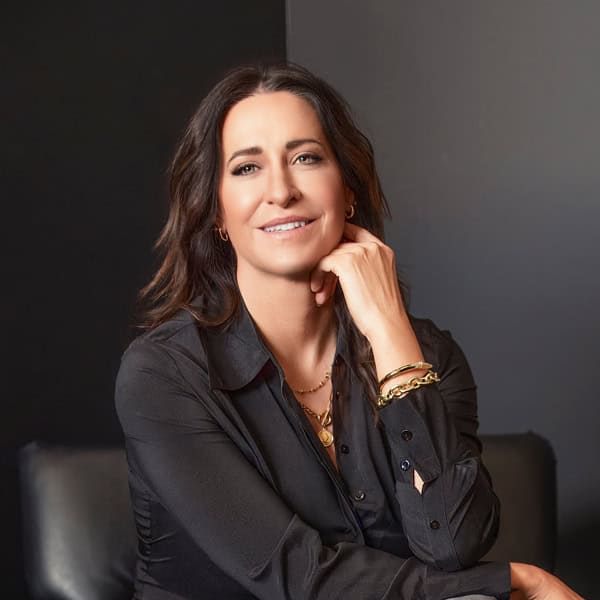Blogs
Scoliosis – Can I Play Sport?

Scoliosis doesn’t limit your athletic potential. Many people with scoliosis enjoy active lifestyles and participate in sports. This guide explores how scoliosis can affect sports participation and helps you find suitable activities.
Understanding Scoliosis and Its Impact on the Spine
Scoliosis is a condition characterized by an abnormal lateral curvature of the spine. It affects spinal alignment and can impact a person’s posture and range of motion. While scoliosis can present challenges for athletes, it’s important to remember that every case is unique.
Can Scoliosis Affect Your Ability to Play Sports?
The short answer is yes; scoliosis can impact your ability to participate in particular sports. However, we believe that with proper guidance and modifications, many activities are still safe and beneficial for individuals with scoliosis.
Benefits of Sports Participation for Scoliosis
Evidence indicates that exercise can be incredibly beneficial for people with scoliosis. Physical activity strengthens core muscles, which support the spine and can improve posture, flexibility, and overall health. We feel that staying active is crucial for managing scoliosis and maintaining a high quality of life.
Choosing Scoliosis-Friendly Sports
The best sports for individuals with scoliosis promote balanced muscle development and minimize stress on the spine. Some excellent options include:
- Swimming: This low-impact, full-body workout is often recommended for scoliosis patients.
- Cycling: A tremendous cardiovascular exercise that doesn’t strain the spine excessively.
- Yoga: With proper modifications, yoga can improve flexibility and core strength.
- Walking: An easy, accessible activity that’s gentle on the joints.
Sports to Approach with Caution
While many sports are safe, some require extra consideration. Activities involving repetitive twisting, bending, or high impact could aggravate scoliosis. These include:
- Weightlifting: This can put uneven stress on the spine if not correctly modified.
- Gymnastics: The extreme flexibility required may pose risks.
- Football: High-contact sports increase the risk of injury.
Considerations for Specific Activities
Modifying certain sports can make them more suitable for individuals with scoliosis. This might involve using lighter weights, avoiding extreme poses in yoga, or working with a coach to adapt training regimens.
Getting Expert Advice
We strongly recommend consulting with a doctor, physical therapist or chiropractor for personalized guidance on sports participation. They can provide specific advice based on your unique case of scoliosis.
When to See a Doctor
It’s crucial to monitor your condition and seek medical attention if you experience:
- Rapid curve progression (measured by X-ray)
- Increased pain
- Neurological problems like numbness or weakness
Managing Scoliosis During Growth Spurts
For adolescents with scoliosis, regular checkups are essential, especially during growth spurts when curves can progress more rapidly.
Considerations for Different Scoliosis Curvatures
Scoliosis curves can be thoracic, lumbar, or thoracolumbar. A healthcare professional can recommend exercises targeting specific muscle groups based on your curve location.
The Importance of Mental Health
We feel it’s essential to address the mental health aspects of living with scoliosis. Staying active, connecting with support groups, and finding healthy coping mechanisms can all contribute to overall well-being.
In conclusion, scoliosis offers challenges, but you can stay active. Many people with scoliosis enjoy sports. Consult your doctor or chiropractor to find the suitable activities for you.
Frequently Asked Questions
Are there different considerations for sports participation based on the type of scoliosis curve (thoracic, lumbar, thoracolumbar)?
Yes, the location of the curve can influence which sports are most suitable. For instance, activities that strengthen core muscles on the concave side of the curve are often beneficial. Consulting a doctor or physical therapist for specific recommendations is crucial.
Does scoliosis become more problematic during growth spurts?
Scoliosis curves can sometimes progress more rapidly during growth spurts. Regular doctor checkups and monitoring curve progression are essential during this time.
How can I modify exercises to make them safer for someone with scoliosis?
A physical therapist can create a personalized exercise plan targeting key muscle groups to support your spine. This might involve lighter weights, proper form coaching, or alternative exercises to avoid discomfort.
Are there any sports that are entirely off-limits for people with scoliosis?
While some sports may require adjustments, complete restriction is uncommon. Consulting a doctor or therapist can help you find suitable modifications or alternative activities that keep you active and healthy.
Can scoliosis improve with exercise?
Exercise won’t straighten the spine, but it can strengthen core muscles supporting it, potentially improving posture and managing some symptoms.
See a Doctor if You Experience
- Rapid curve progression
- Increased pain
- Numbness or weakness
Is scoliosis a common condition?
Scoliosis is a relatively common spinal deformity, affecting around 2% of adolescents. Early detection and proper management are crucial to preventing complications.
Are there any professional athletes with scoliosis?
Yes, several professional athletes have competed successfully with scoliosis. Examples include swimmers, cyclists, and golfers. Their stories can be inspiring examples of managing the condition while pursuing athletic goals.

Dr. Katalina Dean
Dr. Katalina Dean is the founder and clinical director of Scoliosis Center of Utah, in Midvale, UT. Her team specializes in posture correction, spinal rehabilitation, and non-invasive scoliosis care and bracing.
Call Today
Do You Qualify for Care?
Schedule an Appointment Below
